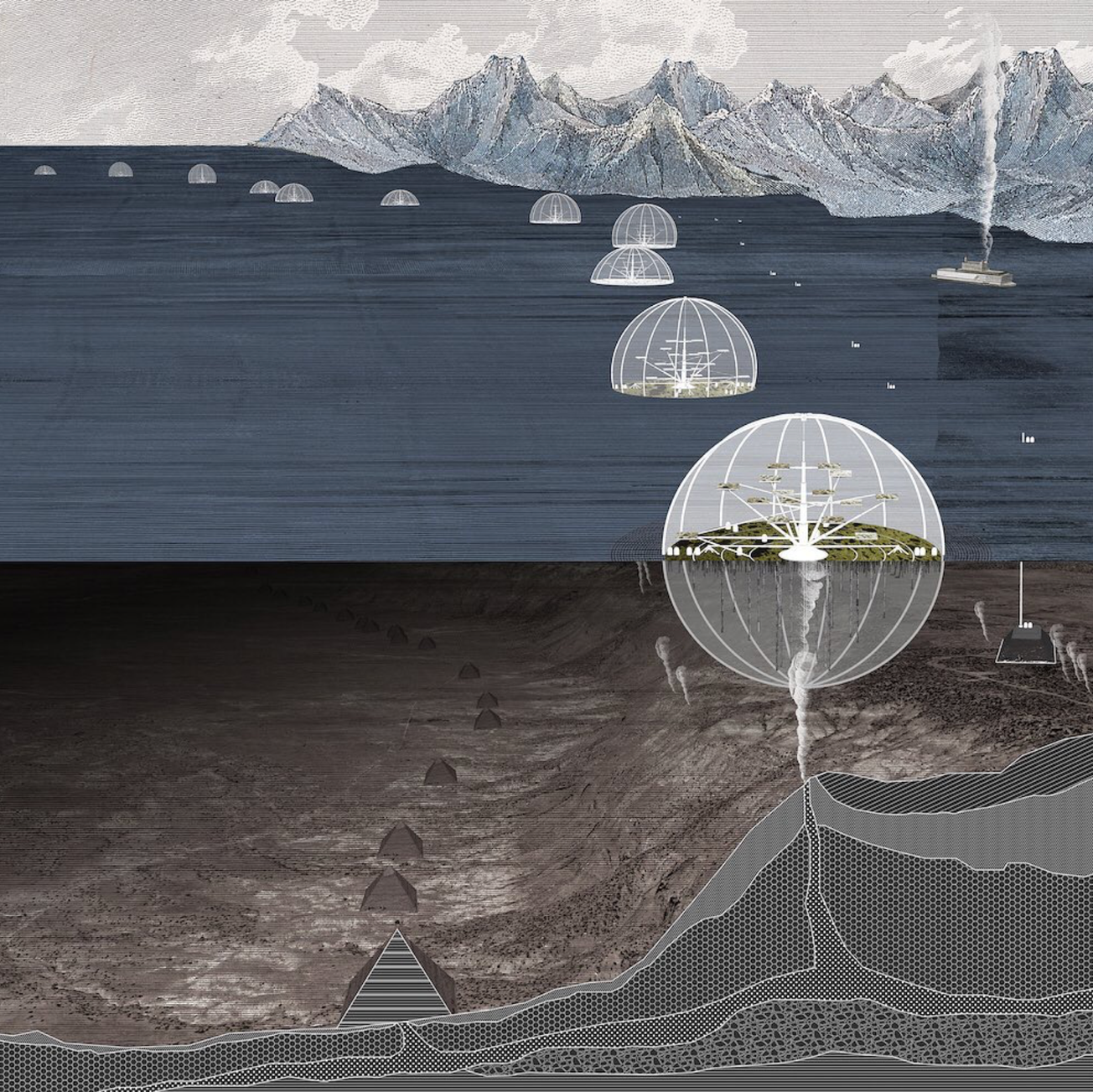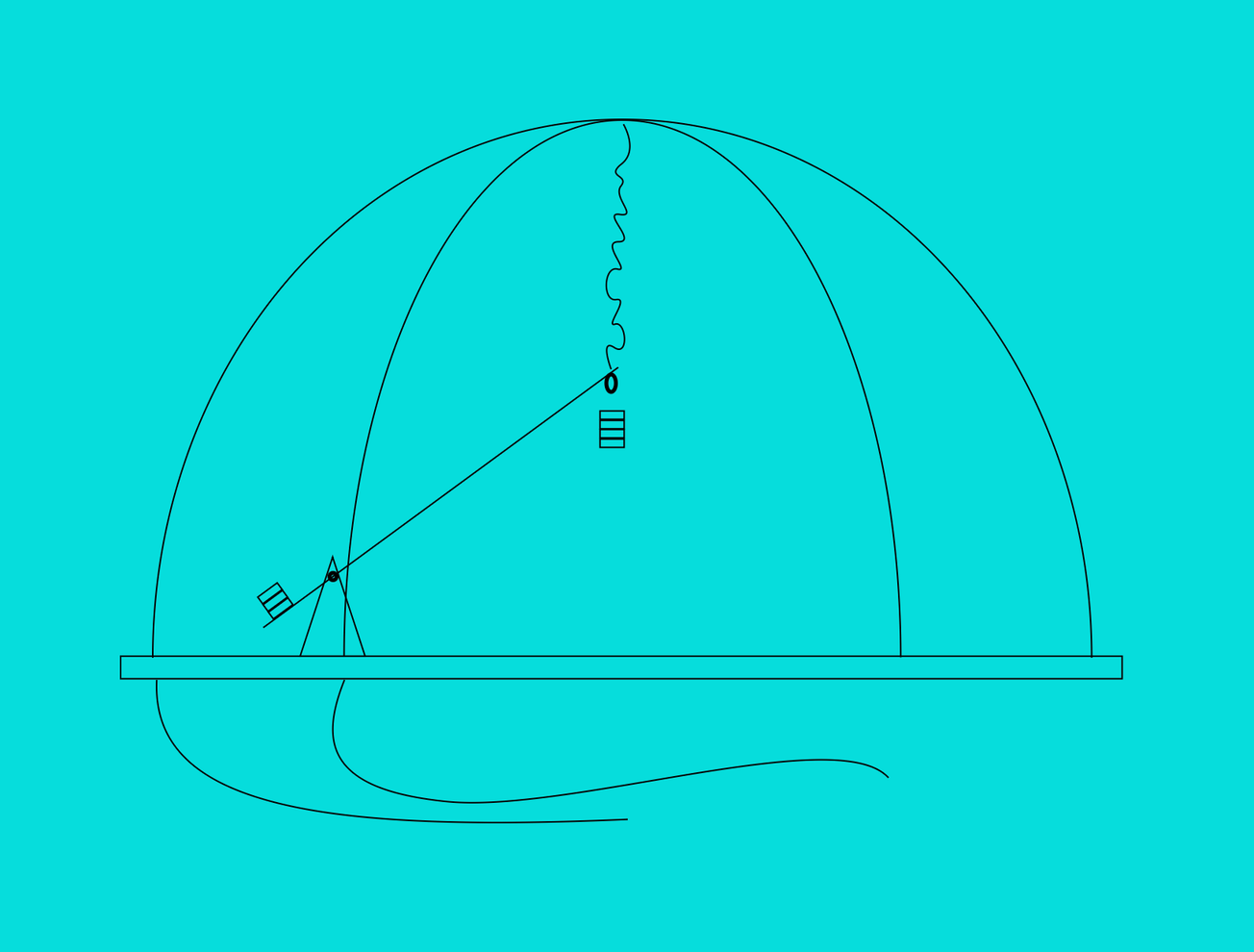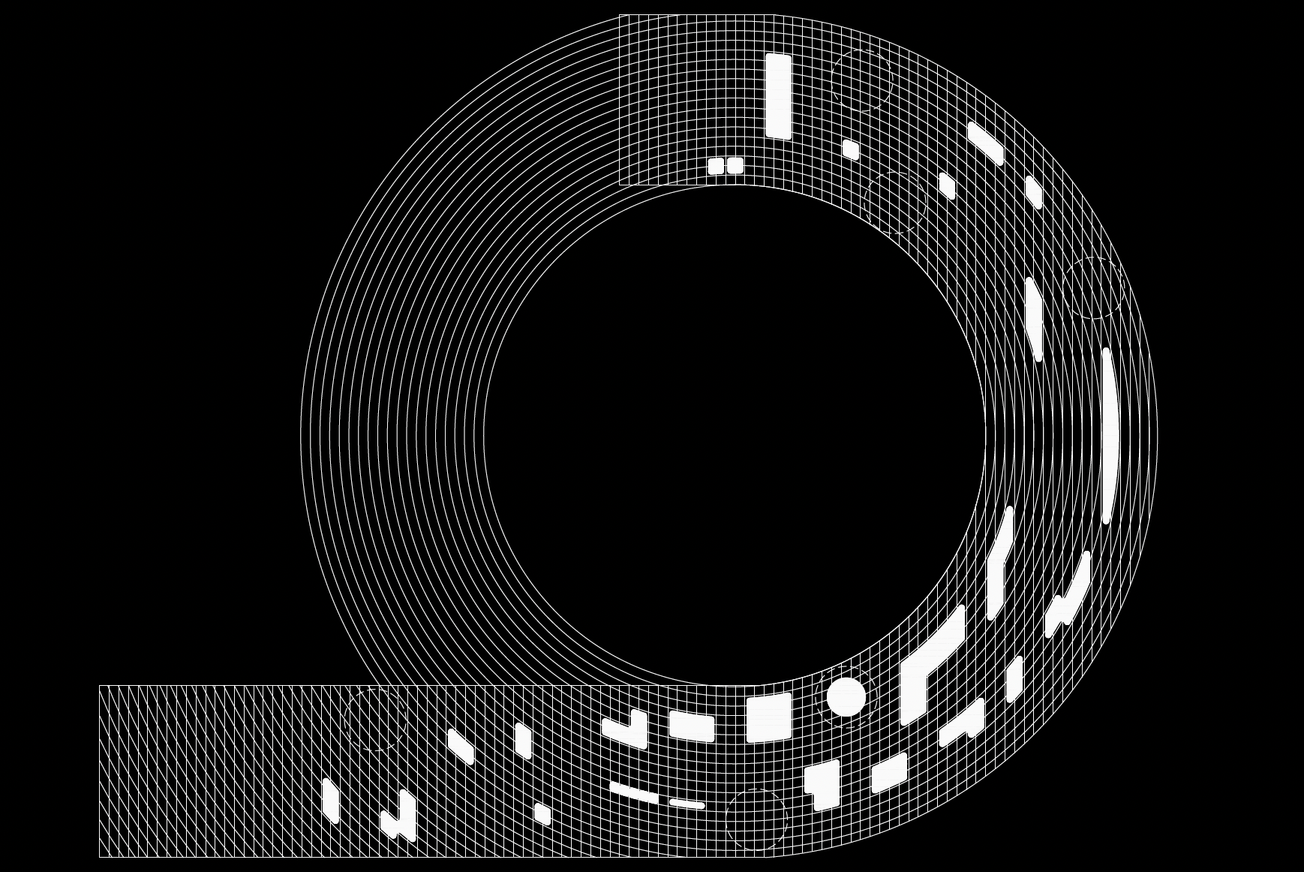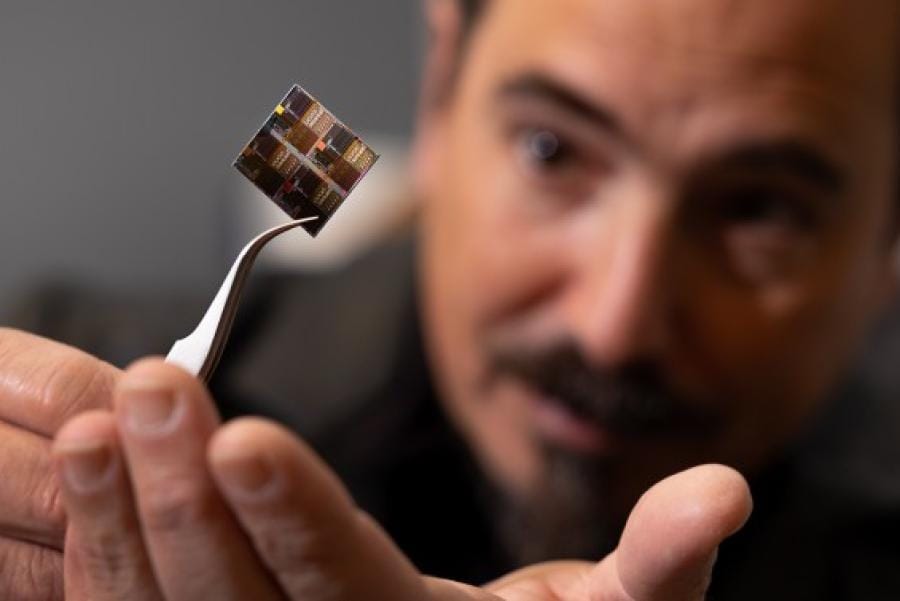Forget Mars. The real act of terraforming is already underway, and it's happening right here on Earth. It's not led by billionaires with rocket ships, but by artists, architects, and designers getting their hands dirty, reimagining futures one speculative project at a time.
Speculative terraforming isn't science fiction anymore. It's a cultural terrain (no pun intended) where design, ecology, and storytelling collide, challenging what it means to live with—and within—a rapidly changing planet. Lets take a look at studios, labs, and creative practioners asking the question: What if the future of Earth is something we make, not something we inherit?
Terreform ONE: Urban Rewilding and Biodesign
While speculative narratives often unfold in remote deserts or post-apocalyptic dreamscapes, Mitchell Joachim’s Terreform ONE brings the act of terraforming into the heart of the city. Here, futures aren’t built — they’re grown. Fab Tree Hab, one of their seminal projects, envisions dwellings cultivated from living trees, weaving architecture directly into the life cycles of native ecosystems. Instead of concrete and steel, these speculative homes are shaped through grafting and botanical manipulation, proposing a future where human habitats are not constructed at nature’s expense but cultivated as part of its fabric. Each structure functions as a living organism—providing shade, filtering air, harvesting rainwater, and repairing itself over time.
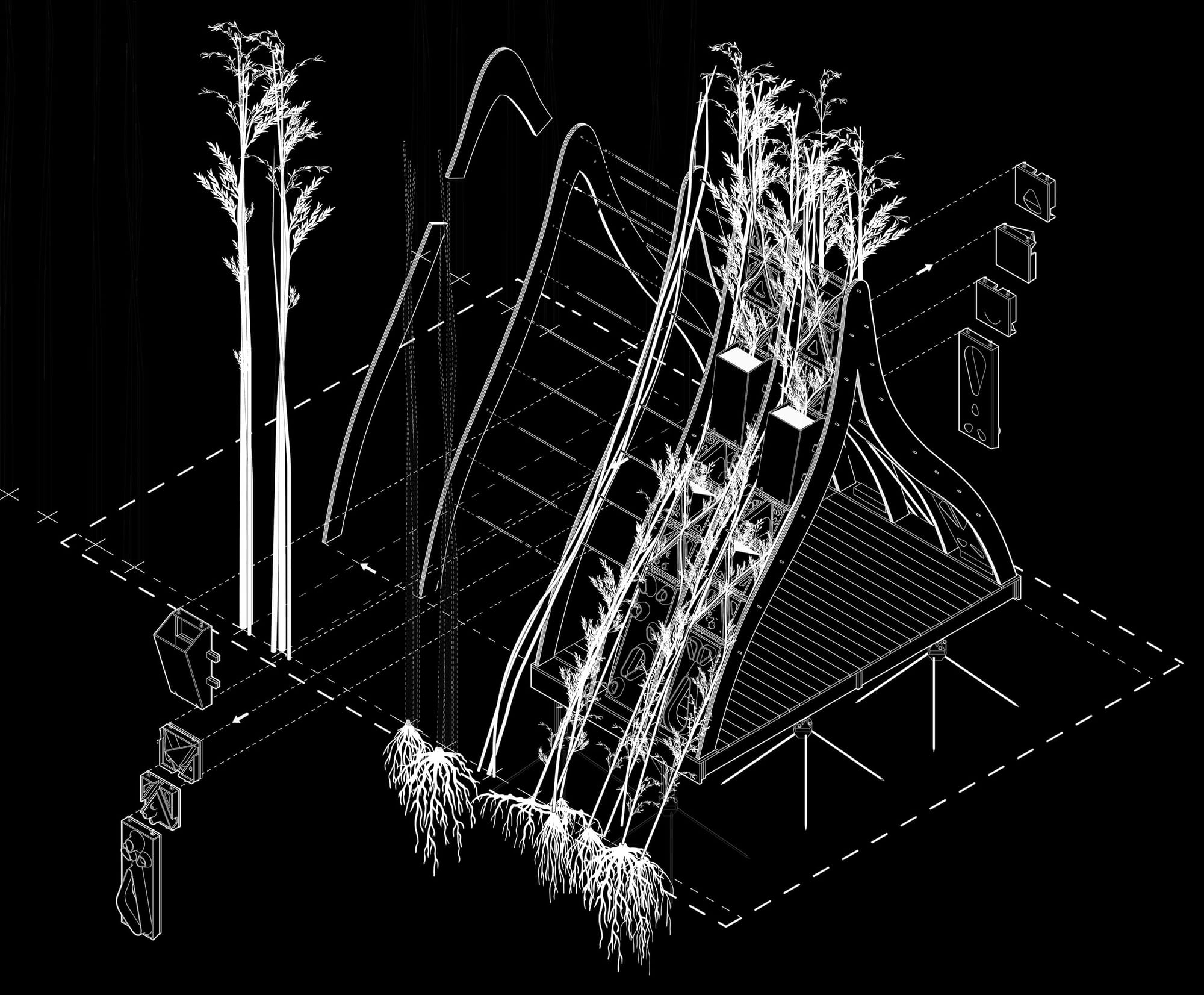
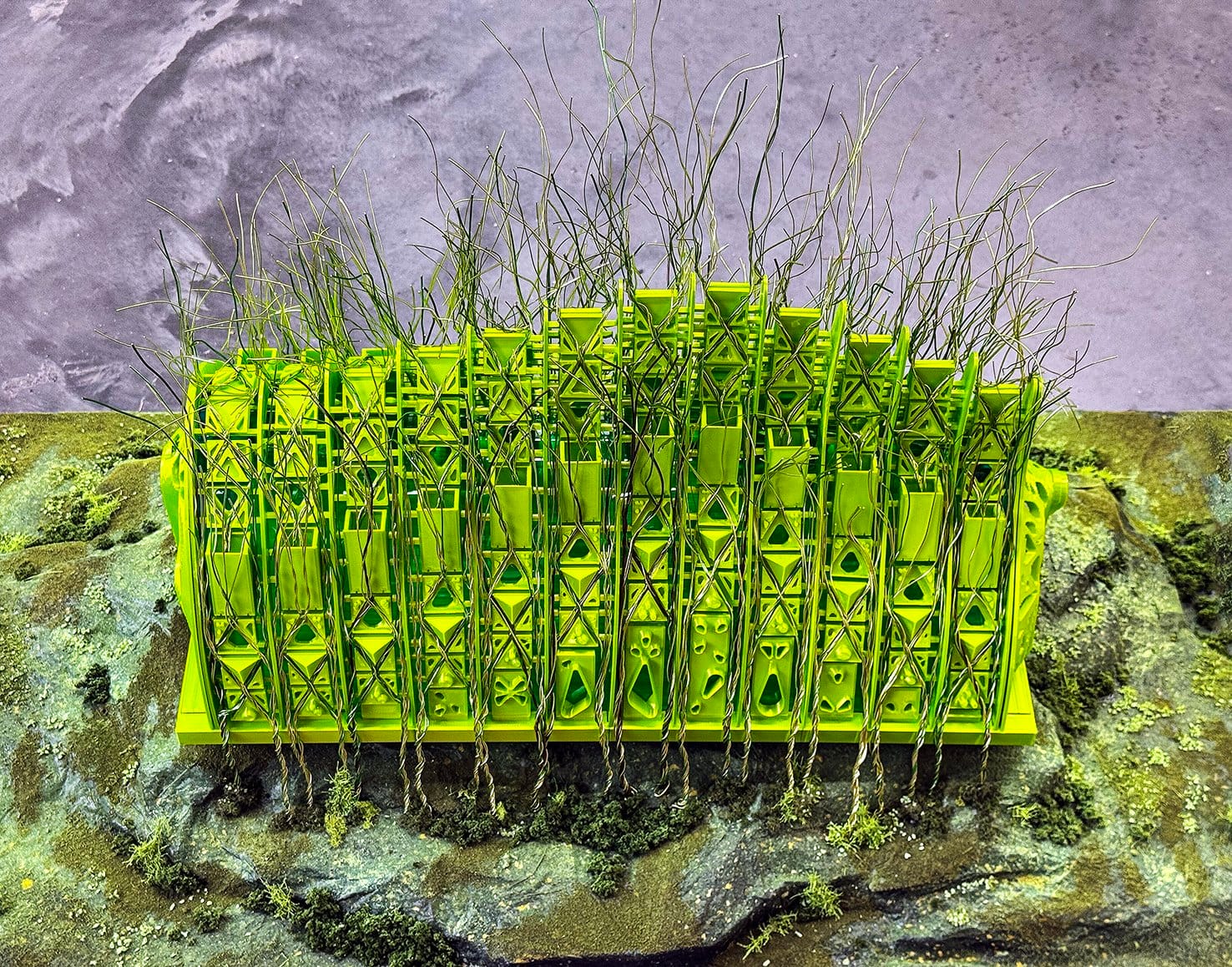
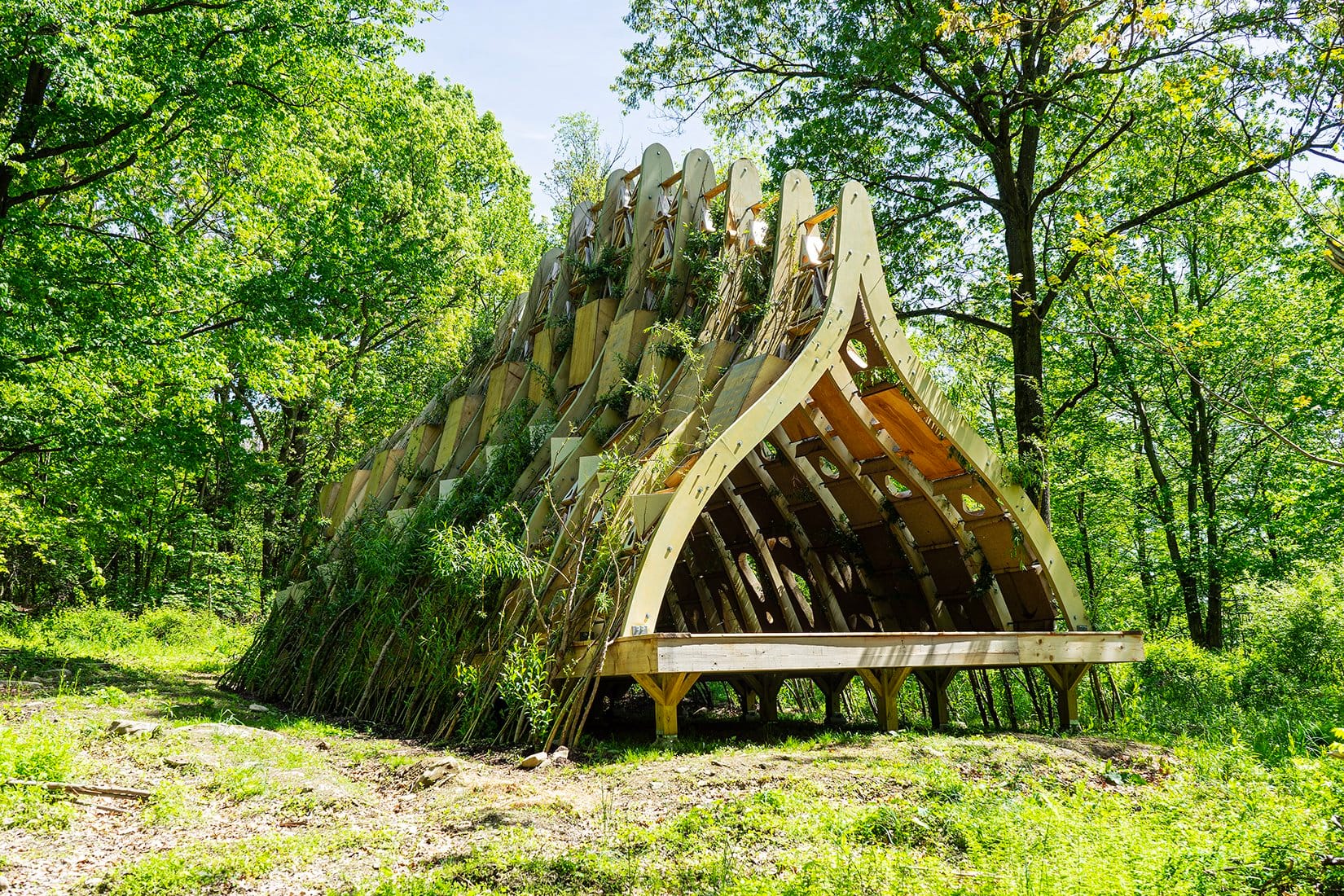
By transforming the very idea of shelter into an ecological partnership, Fab Tree Hab reframes urbanism as a living process, challenging the hard boundaries between "natural" and "built," and suggesting that rewilding the future might start one living room at a time.
Design Earth: Narratives of a Reimagined Planet
At the forefront is Design Earth, the collaborative studio led by Rania Ghosn and El Hadi Jazairy. Their project Geostories presents a series of speculative narratives that reframe environmental crises not as endpoints, but as invitations to rethink planetary futures. Their visual essays map scenarios like "After Oil" and "Of Oil and Ice," where infrastructural ruins become new terrains for life.
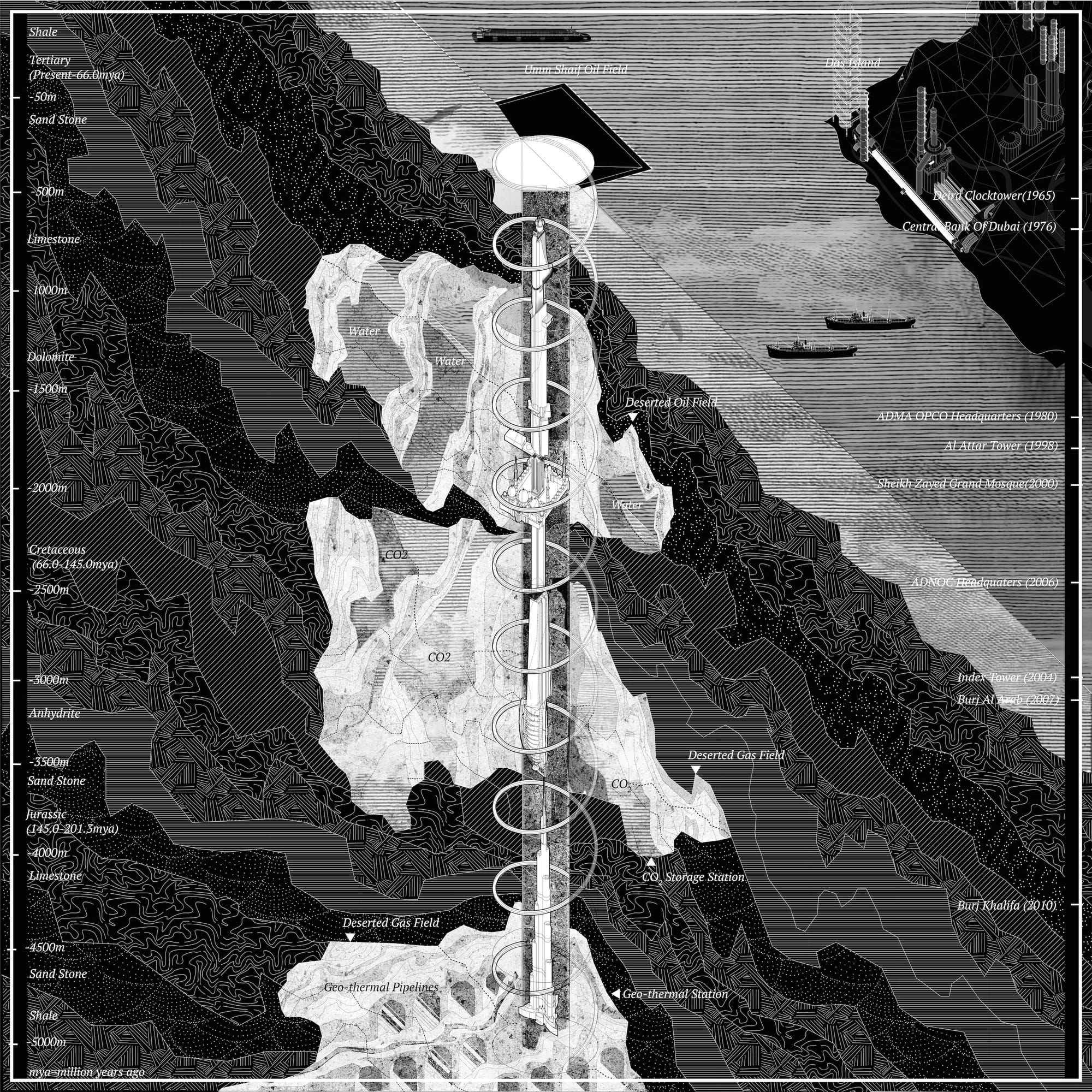
"We use the architectural drawing to visualize how urban systems change the Earth and speculate on ways of living with legacy technologies." - Design Earth
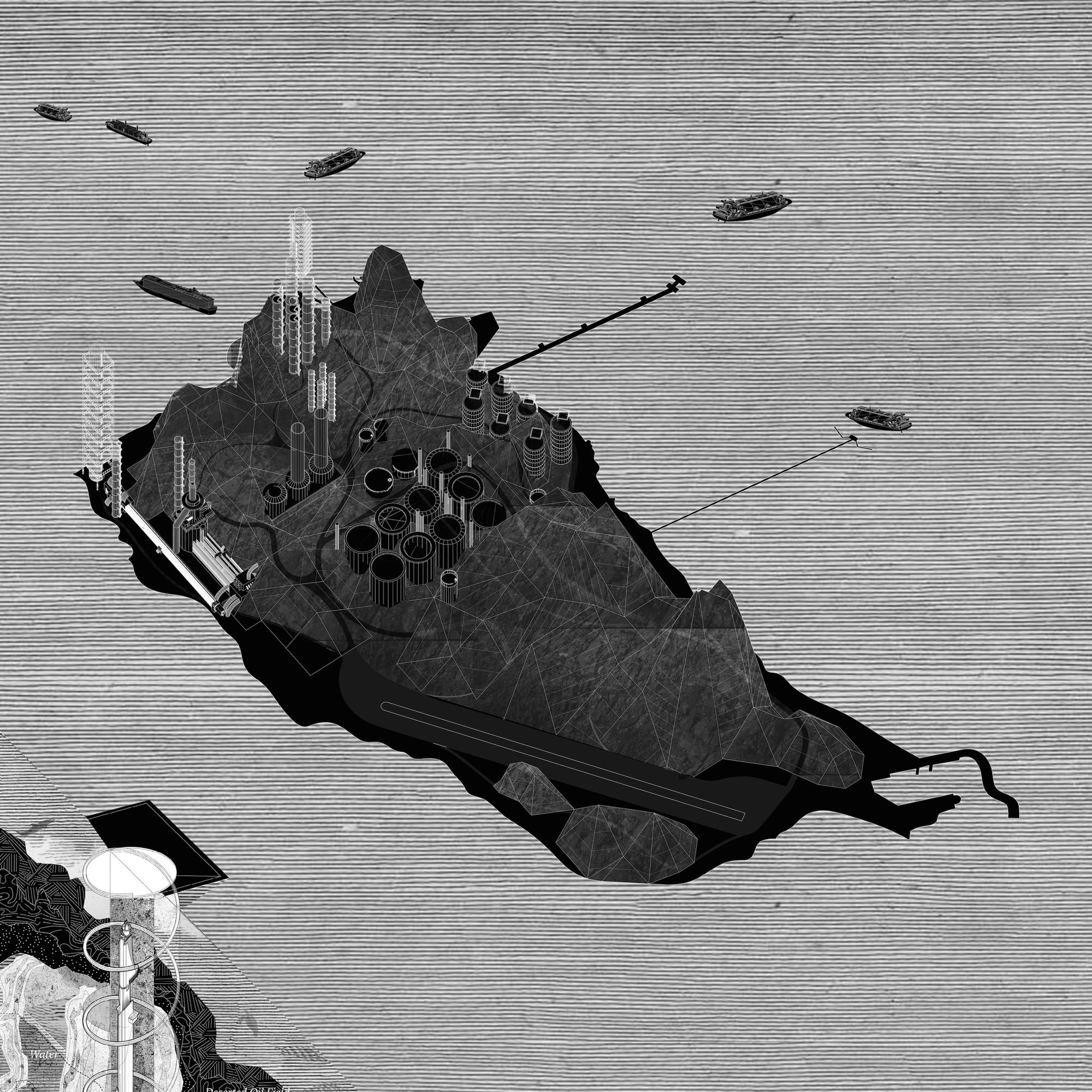

Rather than proposing sleek utopias, Design Earth's work revels in complexity. Each speculative map and drawing serves as a kind of ecological fiction, emphasizing that repairing Earth demands imagination as much as technology.
Studio Other Spaces: Architecture as Earth Systems
Olafur Eliasson and Sebastian Behmann’s Studio Other Spaces merges art, architecture, and environmental systems into immersive experiences that gesture toward new modes of terraforming. Projects like The Meles Zenawi Memorial Park in Ethiopia propose landscape-scale designs that integrate native ecology, public gathering, and memory work into a seamless whole. The full project includes a campus comprising five buildings: outlook and reception area, a guest house, offices, a research centre, and a library.
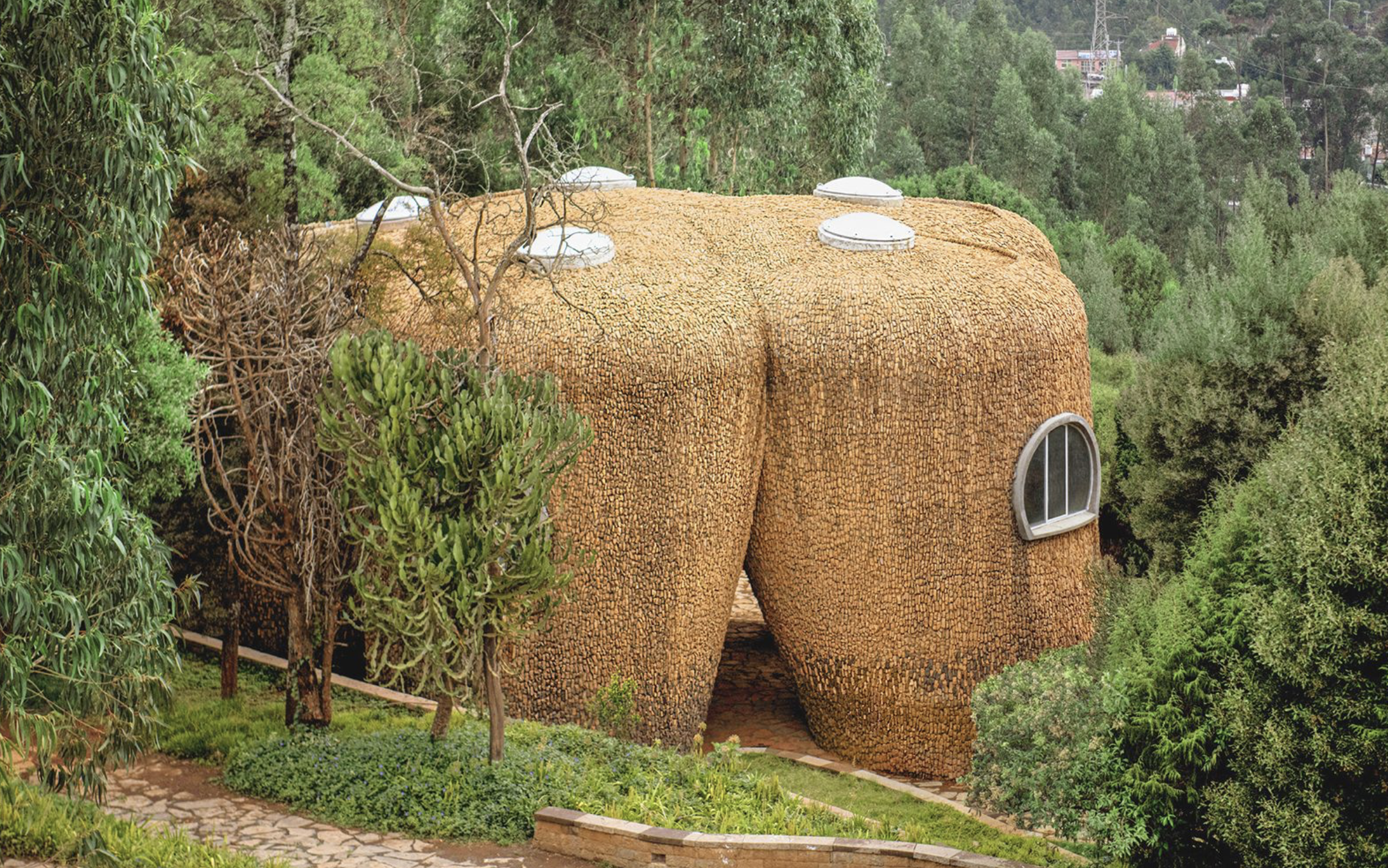
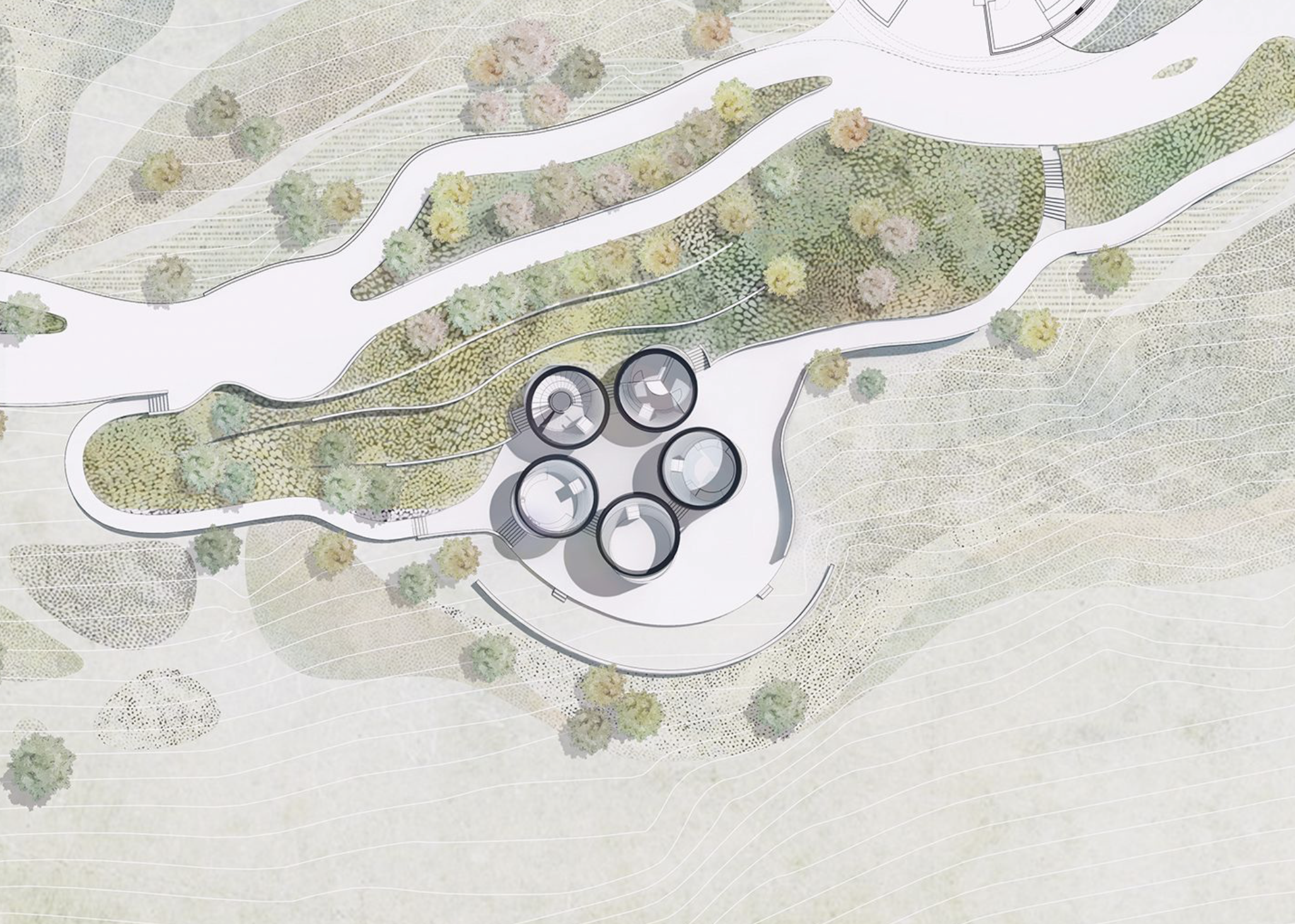
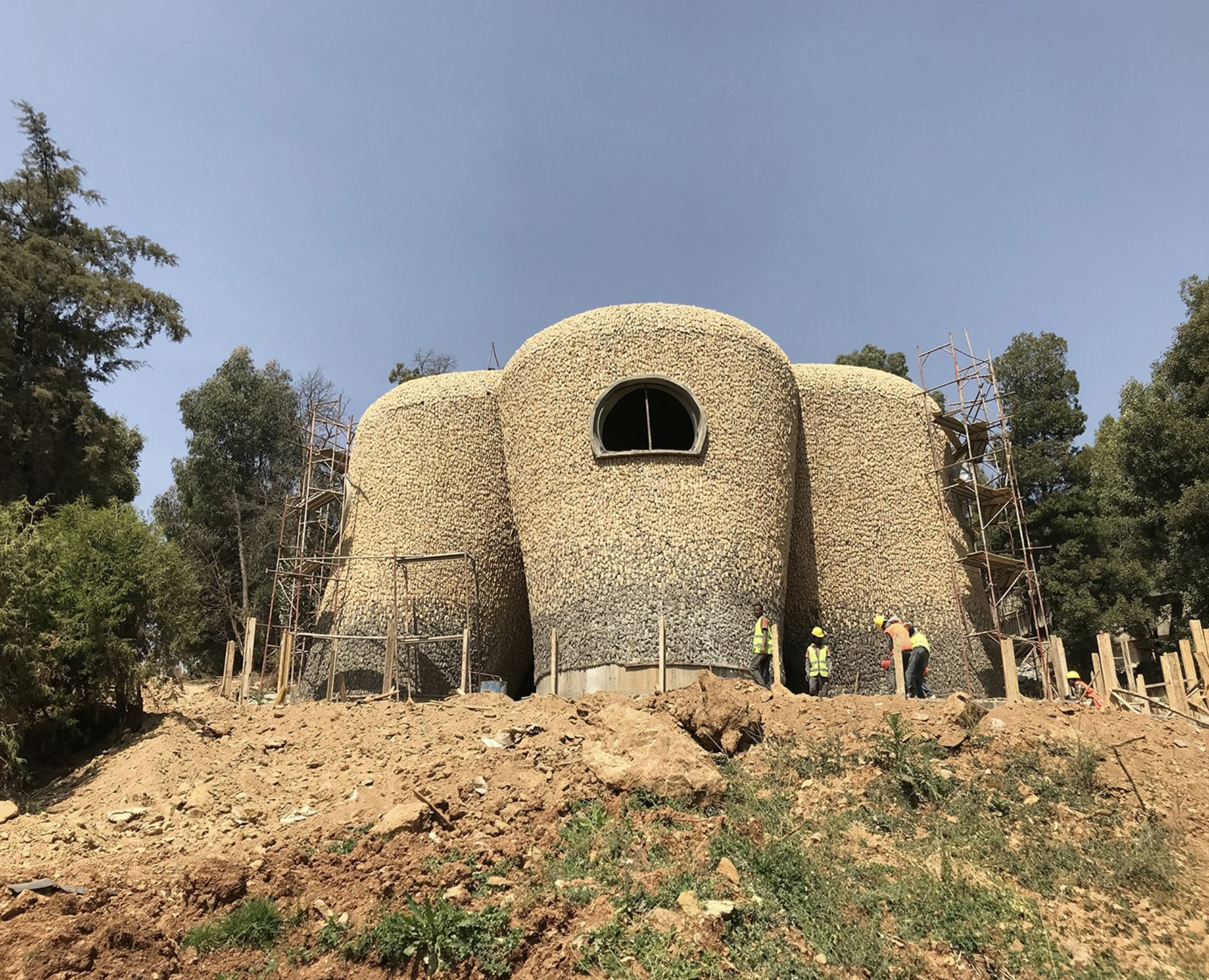
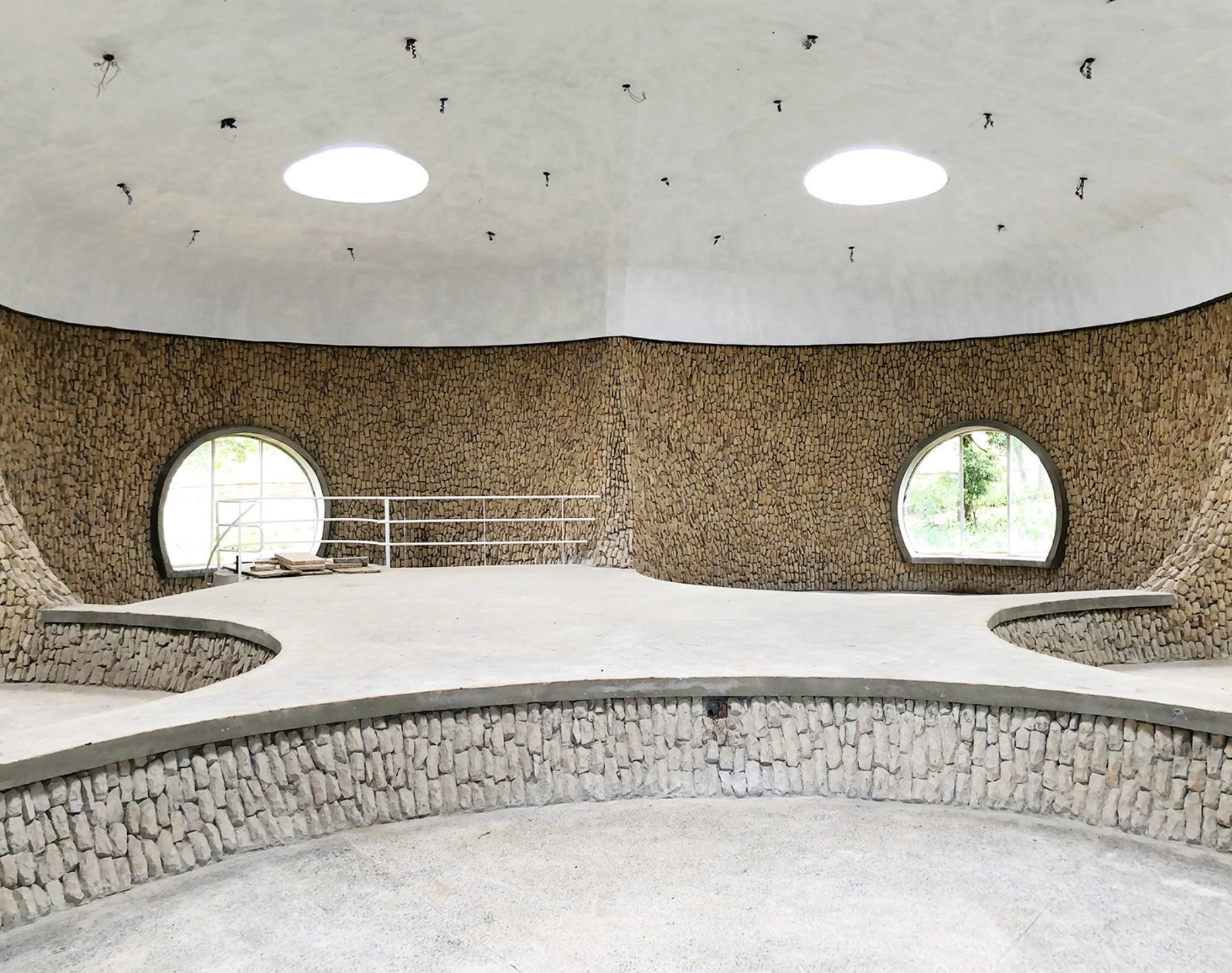
Their work is less about imposing order on landscapes and more about harmonizing with dynamic earth systems. This approach marks a departure from traditional architecture's often extractive tendencies, leaning instead into a living, breathing vision of design.
Katie Paterson: Deep Time and Cosmic Ecology
Scottish artist Katie Paterson approaches planetary imagination through the lens of deep time and cosmic scale. In projects like Future Library—where a forest planted in Norway will supply paper for a collection of texts to be revealed a century from now—Paterson embeds terraforming into temporal frameworks that stretch beyond human lifespans.
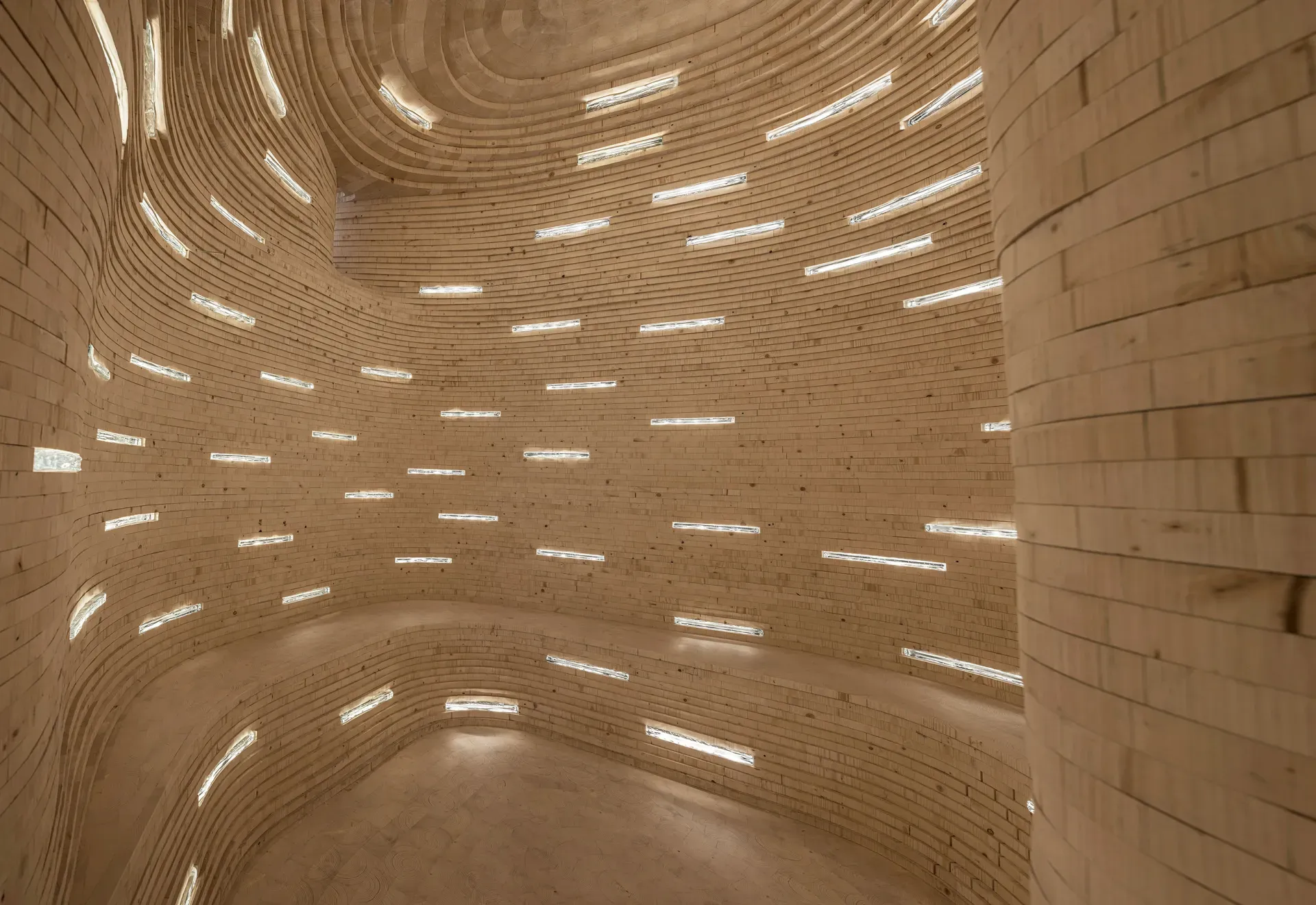
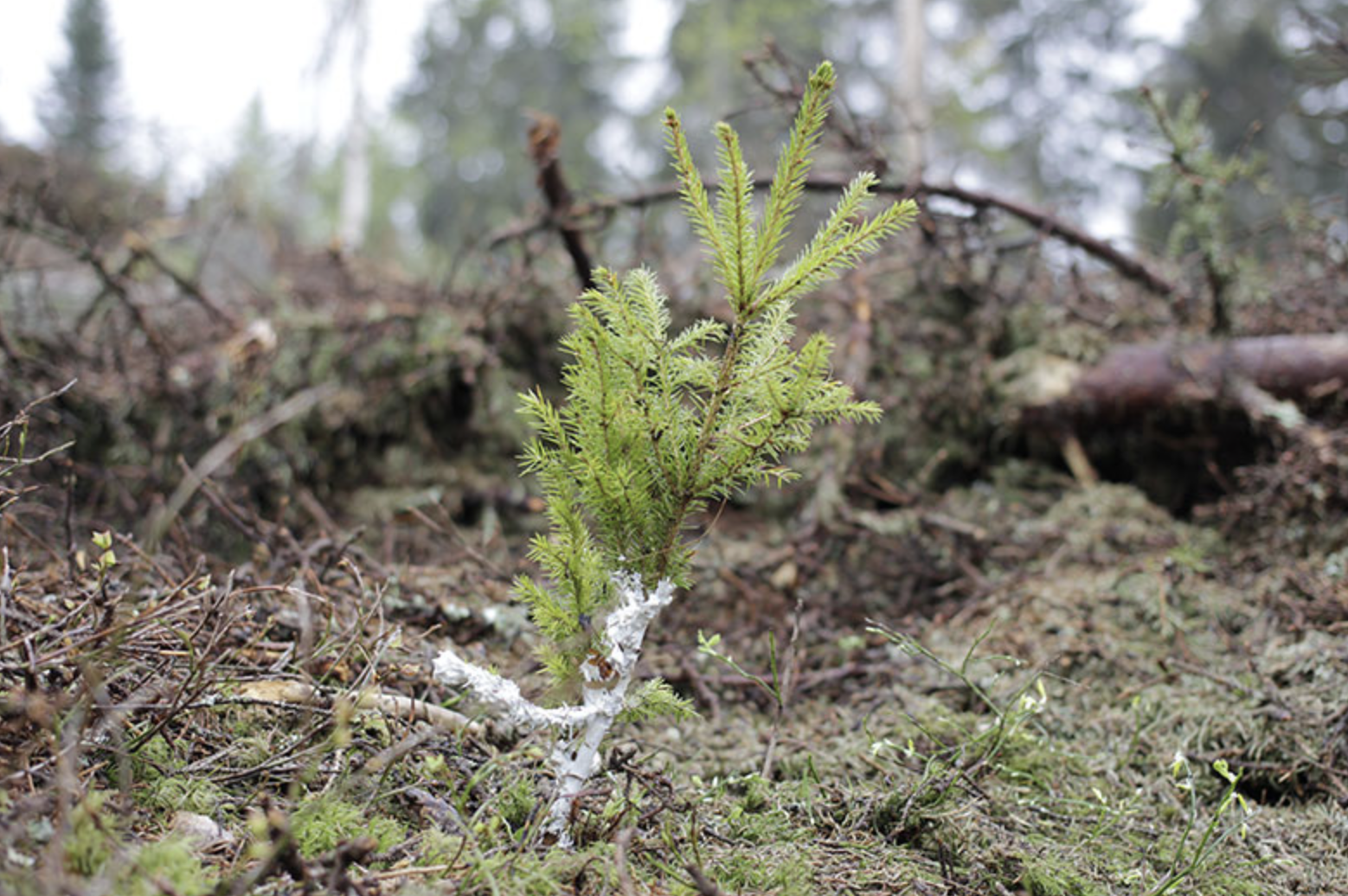
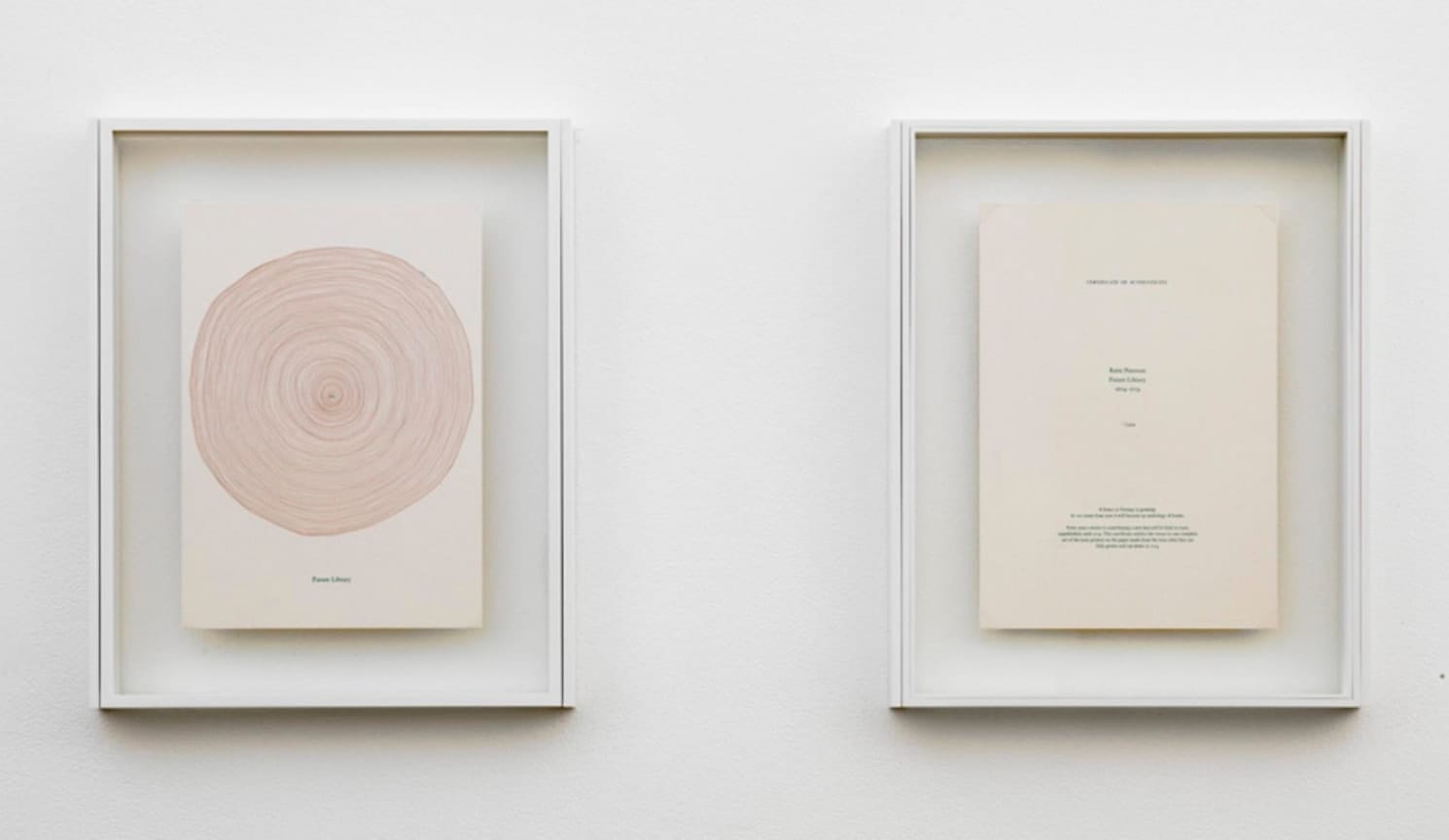
Her installations often span geological and astronomical timescales, from mapping dying stars to broadcasting the sounds of melting glaciers from the depths of space. By fusing scientific inquiry with poetic speculation, Paterson constructs a cosmic mirror, asking how humanity might rethink its role not just on Earth, but within the broader life of the universe. Her work reminds audiences that reimagining Earth isn't just about altering landscapes—it's about altering our perception of time, responsibility, and stewardship.
Diana Scherer: Cultivating Fabric from Living Roots
Dutch artist Diana Scherer literalizes the idea of growing new worlds. Her Interwoven project cultivates textiles by manipulating the growth of plant roots into intricate, grid-like structures. Using a technique she calls "plant root weaving," Scherer coaxes seeds to form patterned surfaces that resemble ornate fabrics.
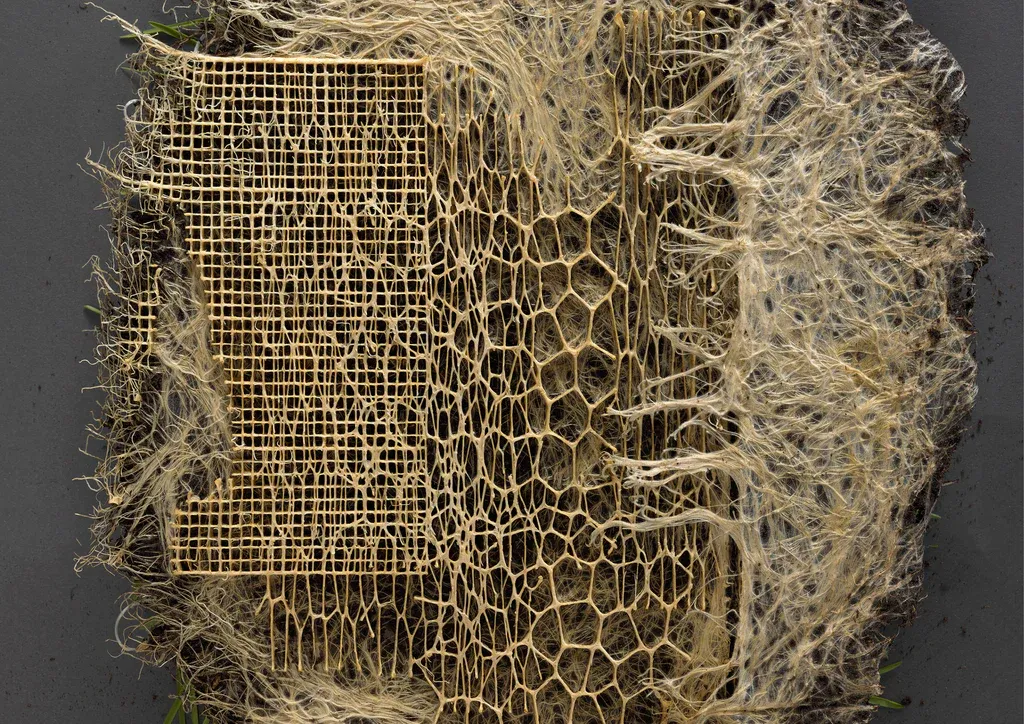
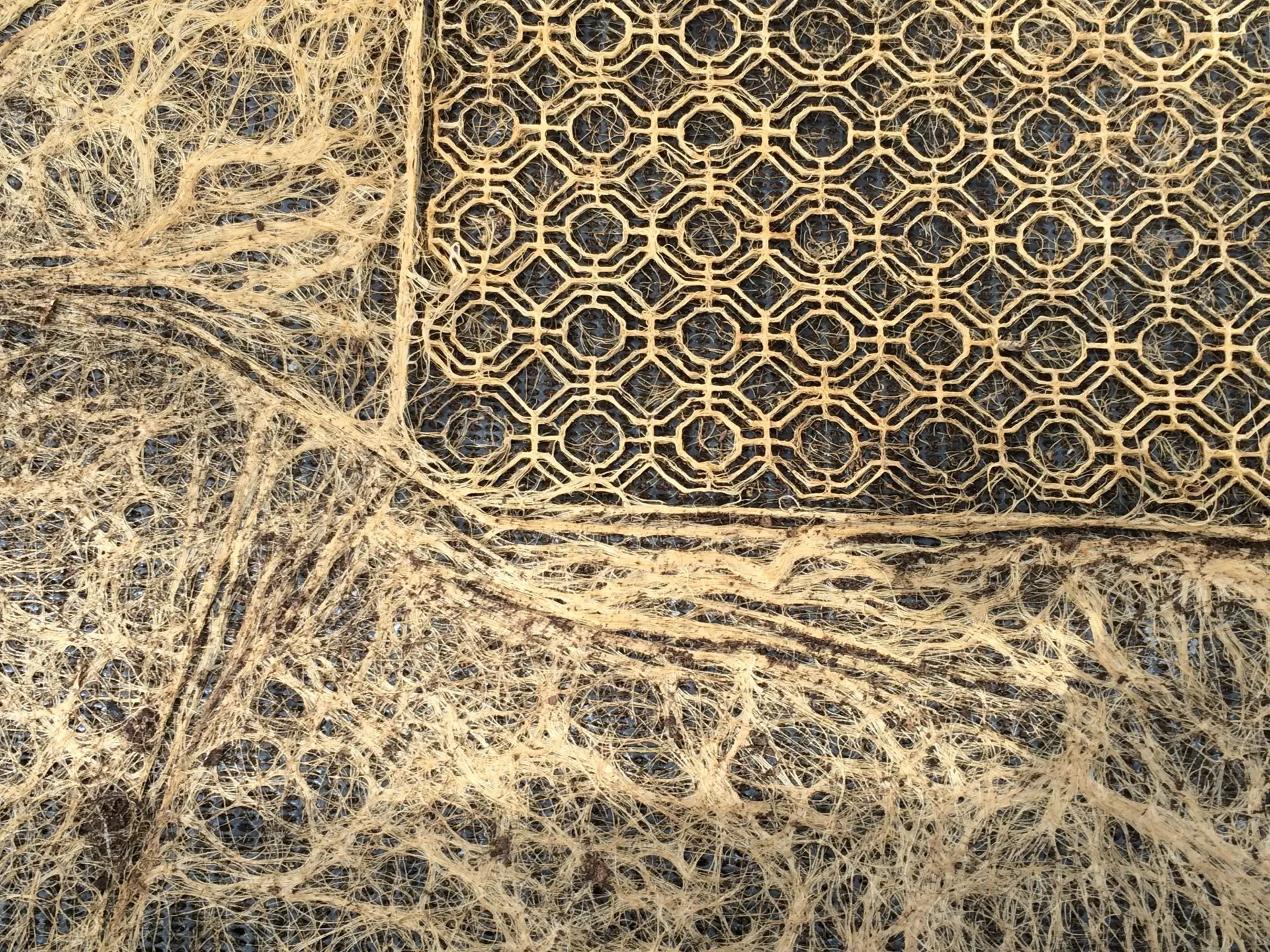
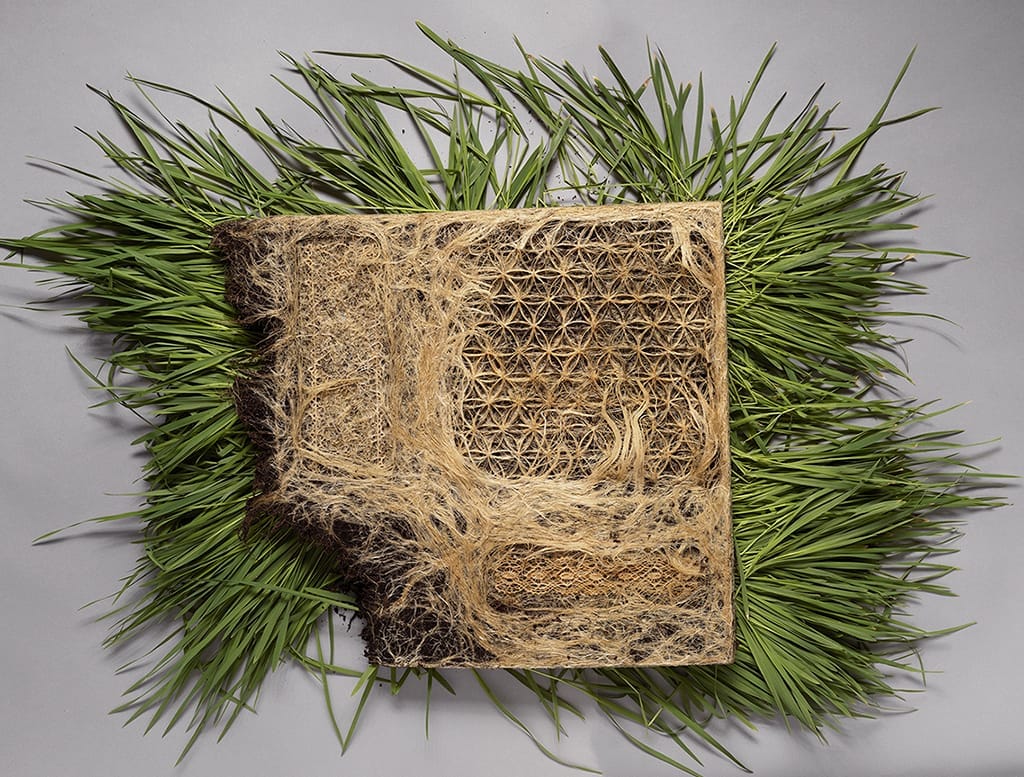
This practice bridges art, agriculture, and biofabrication, suggesting futures where materials are grown, not manufactured. It's a slow, symbiotic form of terraforming — one that invites collaboration with living systems rather than domination over them.
Beyond Utopia: Embracing Messiness
What unites these speculative terraformers is a shared refusal of the clean, techno-utopian visions that dominate mainstream futurism. Instead, they embrace hybridity and the plurality of our lived uncertainty. In doing so, they propose a crucial shift: the act of reimagining Earth is not about controlling nature or escaping its consequences. It's about embedding ourselves more deeply and creatively within its systems.
The cultural practice of terraforming asks difficult questions: Can we design ecosystems without reproducing colonial patterns of extraction? Can we imagine future landscapes that honor more-than-human perspectives? Can creative speculation itself become a tool of survival?
In the end, speculative terraforming is less about building new planets and more about cultivating new planetary imaginaries. It calls for storytellers, builders, dreamers, and activists to work side by side, designing not just structures but entire ways of living. And perhaps, in doing so, it offers a path toward a future where Earth is not abandoned, but continuously and collectively remade.

